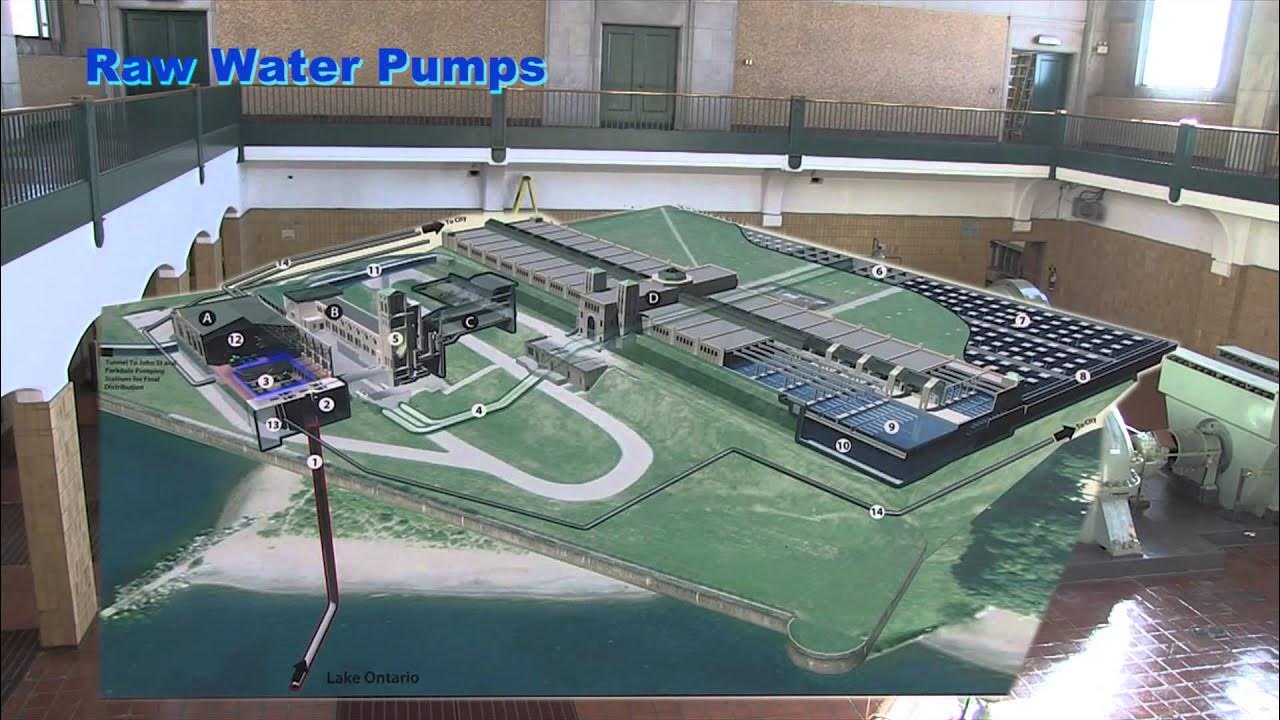NYC Green Infrastructure
Summary
TLDRNew York City's Department of Environmental Protection (DEP) has invested over $10 billion to improve water quality through wastewater treatment upgrades, aiming to reduce combined sewer overflows (CSOs). The city faces challenges from stormwater runoff, exacerbated by its urban environment. The DEP's Green Infrastructure Plan, including the installation of bioswales, rain gardens, and green roofs, seeks to capture and absorb runoff, reducing pressure on the sewer system. With a target of $1.5 billion in green infrastructure investments by 2030, the plan aims to improve water quality, beautify neighborhoods, and promote sustainability, benefiting New Yorkers and their environment.
Takeaways
- 😀 The waterways surrounding New York City are one of its most valuable assets, with 520 miles of shoreline.
- 😀 The New York City Department of Environmental Protection (DEP) has invested over $10 billion in upgrading sewer and wastewater treatment plants to improve water quality.
- 😀 New York City's harbor is the cleanest it's been in over a century, with over 90% of it currently meeting federal water quality standards.
- 😀 The primary challenge to meeting water quality standards is reducing Combined Sewer Overflows (CSOs), which occur when untreated sewage and stormwater runoff discharge into waterways during rain events.
- 😀 During dry weather, NYC's 14 wastewater treatment plants treat all the sanitary waste generated by homes and buildings, but during rain, the combined sewer system becomes overwhelmed.
- 😀 CSOs are a significant environmental challenge due to NYC's ultra-urban landscape, with 72% of the city being impervious, leading to large amounts of stormwater runoff.
- 😀 In 2010, Mayor Bloomberg introduced the NYC Green Infrastructure Plan, focusing on cost-effective solutions to reduce CSOs and manage stormwater runoff.
- 😀 The DEP's Office of Green Infrastructure implements a program that includes green infrastructure like bioswales, rain gardens, and green roofs to absorb stormwater and reduce CSOs.
- 😀 Bioswales are being installed across the city, capturing street runoff and allowing it to infiltrate the soil, with each bioswale holding around 2,000 gallons of water.
- 😀 Through partnerships with other city agencies and private property owners, the DEP has committed over $11 million to installing green infrastructure on university campuses, businesses, and affordable housing complexes.
- 😀 A targeted, area-wide approach is used to identify high-volume CSO outfalls, focusing green infrastructure investments in those areas to reduce CSO events and improve local water quality.
Q & A
What is the main environmental challenge faced by New York City in relation to its waterways?
-The main environmental challenge is reducing combined sewer overflows (CSOs), which occur when a mixture of untreated sewage and stormwater runoff is discharged into waterways during heavy rainfall.
How has New York City improved the water quality of its waterways in recent years?
-New York City has invested over $10 billion in upgrading sewer systems and wastewater treatment plants, leading to a cleaner harbor that now meets federal water quality standards for over 90% of its area.
What is the role of combined sewer systems in New York City, and why are they problematic?
-The city's combined sewer system handles both stormwater runoff and sanitary waste. During heavy rain, this system can become overwhelmed, resulting in combined sewer overflows (CSOs) that discharge untreated sewage and runoff into waterways.
What is green infrastructure, and how does it help manage stormwater?
-Green infrastructure refers to natural systems like bioswales, rain gardens, and green roofs that capture and absorb stormwater before it enters the sewer system, reducing the volume of water that causes CSOs.
What are bioswales, and how do they work?
-Bioswales are engineered systems built into sidewalks that capture stormwater runoff and allow it to infiltrate into the soil. Each bioswale can hold approximately 2,000 gallons of water.
How does the NYC Green Infrastructure Plan aim to reduce CSOs?
-The plan focuses on building green infrastructure solutions, such as bioswales and rain gardens, to absorb stormwater before it enters the sewer system, thereby reducing the amount of CSOs.
What adaptive management approach does the DEP use in its green infrastructure program?
-The DEP uses an adaptive management approach that involves monitoring specific areas before and after implementing green infrastructure projects to evaluate their effectiveness in managing stormwater and reducing CSOs.
What is the role of partnerships in implementing green infrastructure projects in New York City?
-The DEP collaborates with various city agencies, such as Parks and Recreation and Transportation, to identify locations for green infrastructure projects and ensure their successful implementation and long-term maintenance.
How does the DEP's green infrastructure program support private property owners?
-The DEP offers a green infrastructure grant program to private property owners, including businesses, universities, and affordable housing complexes, to install green infrastructure on their properties and help reduce CSOs.
What are some of the additional benefits of green infrastructure projects in New York City?
-In addition to managing stormwater and reducing CSOs, green infrastructure projects help beautify the city, provide shade, improve local air quality, and enhance the overall quality of life for residents.
Outlines

Cette section est réservée aux utilisateurs payants. Améliorez votre compte pour accéder à cette section.
Améliorer maintenantMindmap

Cette section est réservée aux utilisateurs payants. Améliorez votre compte pour accéder à cette section.
Améliorer maintenantKeywords

Cette section est réservée aux utilisateurs payants. Améliorez votre compte pour accéder à cette section.
Améliorer maintenantHighlights

Cette section est réservée aux utilisateurs payants. Améliorez votre compte pour accéder à cette section.
Améliorer maintenantTranscripts

Cette section est réservée aux utilisateurs payants. Améliorez votre compte pour accéder à cette section.
Améliorer maintenantVoir Plus de Vidéos Connexes

Toronto Water Treatment

Can Paris fix its poop problem before the Olympics?

How Chicago Cleans 1.4 Billion Gallons Of Wastewater Every Day | Deep Cleaned | Insider

Macroalgae Bioremediation - A Fully Circular and Cost-Effective Solution to Treat Wastewater

Wastewater treatment

WATER POLLUTION (PREVENTION) ADVOCACY - STEM11
5.0 / 5 (0 votes)
